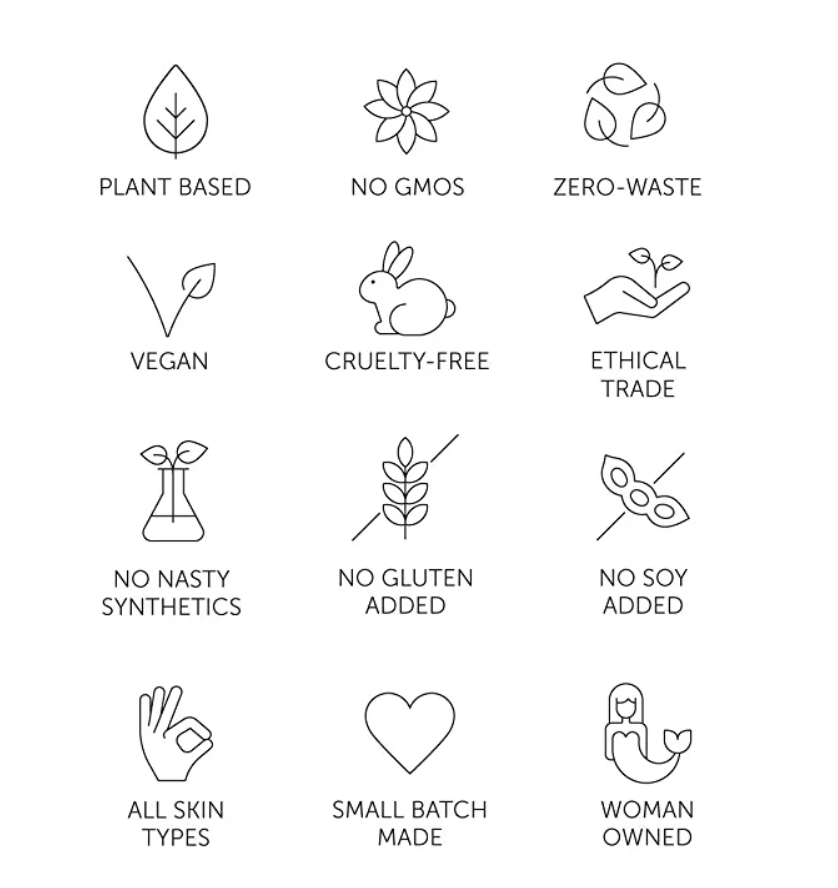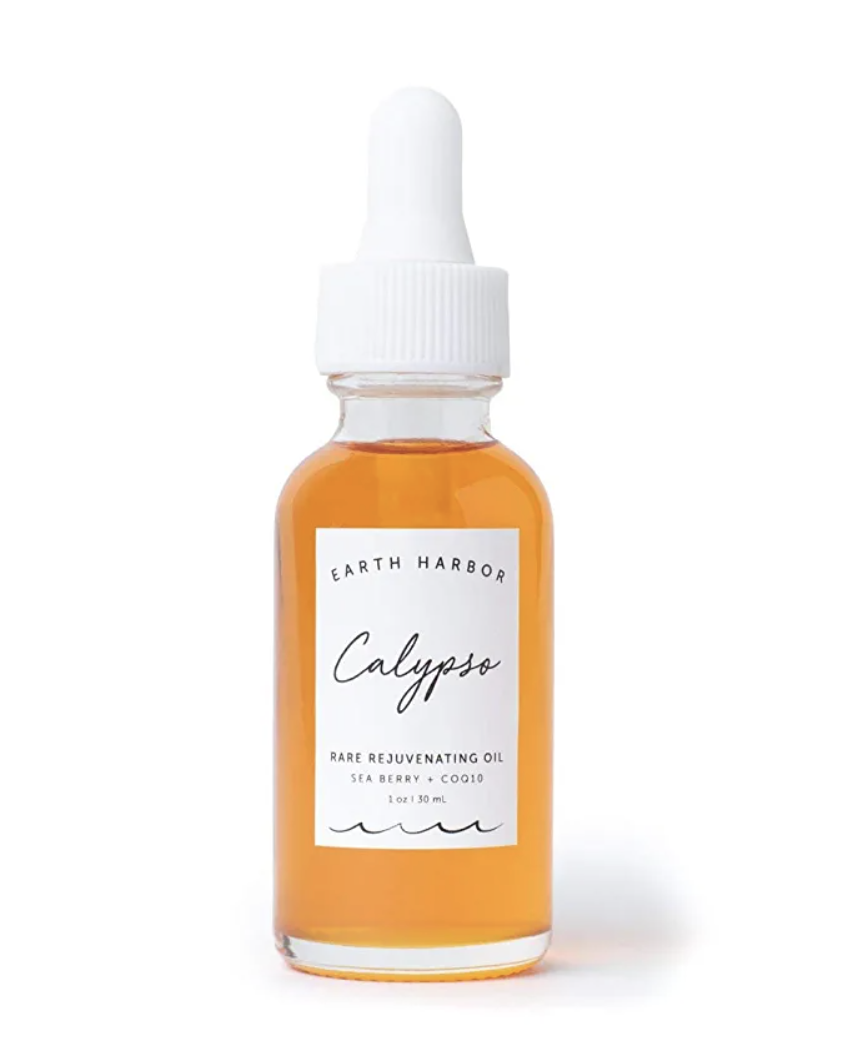Sea Buckthorn
Sea buckthorn (Hippophae rhamnoides) is a traditionally used sustainable superfood with natural skin-renewing qualities. I love incorporating sea buckthorn into my skincare treatment plans because it is gentle and contains an unbeatable amount of bioavailable nutrients.
The vibrant orange, beta-carotene-enriched sea berries can be found along the coastline of Eastern Europe, China, Canada, and even the U.S.
The benefits of sea buckthorn have been known for centuries. The sea buckthorn berries and seeds were valuable for many beauty and medicinal purposes and still are today. In ancient Greece, farmers added sea buckthorn to their horses’ feed to make their mane soft and shiny. Sea berries were even said to have fueled Alexander the Great.
Nutrients in sea buckthorn
Sea buckthorn packs a lot of nutrients into a small amount. This study shows the levels of common nutrients found in the seaberry, all of which support foundational skin processes.
Jaśniewska A, Diowksz A. Wide Spectrum of Active Compounds in Sea Buckthorn (Hippophae rhamnoides) for Disease Prevention and Food Production.
Beta-carotene (a precursor to vitamin A) and other carotenoids aid in skin cell renewal protection. Omega-3, omega-6, and omega-7 (palmitoleic acid) are profoundly moisturizing because they are biocompatible with the skin’s natural lipids. Minerals like iron, magnesium, copper, zinc, sodium, potassium, phosphorus, calcium, nitrogen, and manganese support and enhance skin structure (3). Sea buckthorn also contains one of the highest concentrations of vitamin C, even than foods like oranges and carrots. It’s a natural source of the carotenoids zeaxanthin and beta-carotene (1).
How does sea buckthorn work?
The antioxidants, vitamins, minerals, and fatty acids found in Sea Buckthorn are unique because they are all incredible food for skin cells.
“Nutrition is one of many factors required for the maintenance of overall skin health. An impaired nutritional status alters the structural integrity and biological function of skin, resulting in an abnormal skin barrier (3).”
Antioxidants work by disarming free radicals and oxidative molecules. Applying products with antioxidants can reduce the oxidative stress that damages skin cells, leading to visible aging. Antioxidants fight off reactive oxygen molecules, reducing the rate at which skin ages (1). The higher concentration of antioxidants, the better
Sea buckthorn has more vitamin c than foods like oranges and carrots. It’s a natural source of the carotenoids zeaxanthin and beta-carotene (1).
What effects does sea buckthorn have on the skin?
Fights aging and premature wrinkling
Nourishes dry skin and plumps fine lines
Regulates oil production
Provides essential nutrients for skin health
Is sea buckthorn a sustainable choice?
Sea buckthorn occurs on nearly every northern coastline, and some small-scale farms still use traditional harvesting methods. The plant is also used to mitigate erosion and enrich the soil. The berries and seeds are a commodity, and the residual branches are a sustainable source of firewood. Sea buckthorn is also a plant-based alternative to traditionally fish-based omega supplements.
My favorite sea buckthorn products!
I love Calypso by Earth Harbor because it is nutrient-dense yet lightweight, nourishing, and affordable. This restoring oil can help improve dull, dehydrated skin and a lack of essential vitamins and nutrients. It contains a bunch of supportive botanicals like chia, tomato seed, cranberry, jasmine flower, and rose petal.



